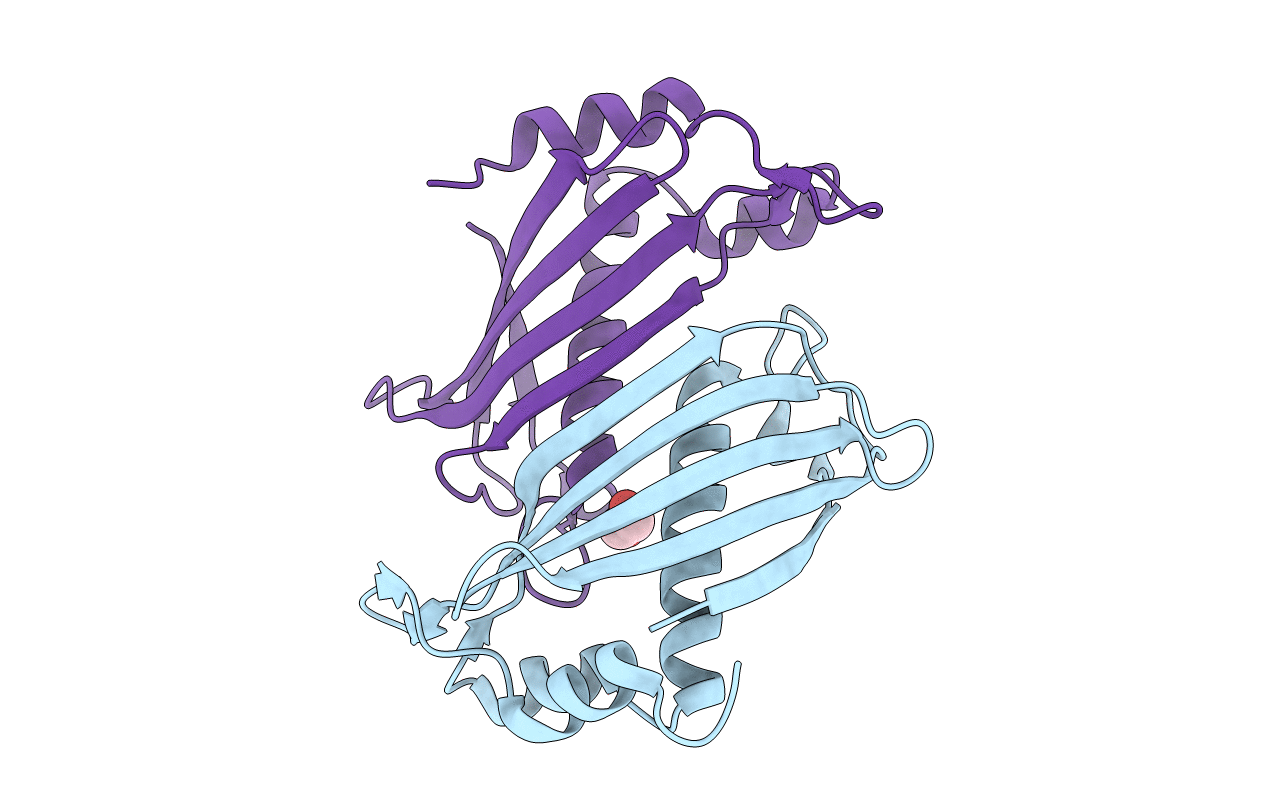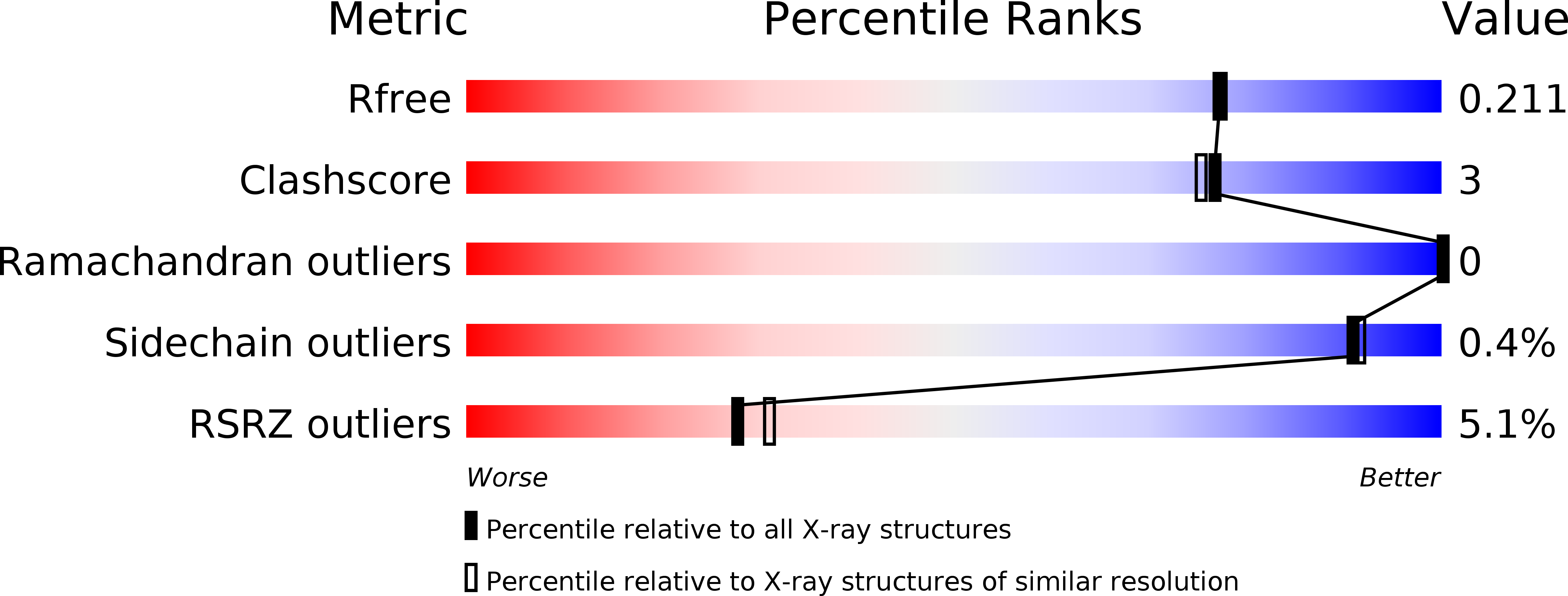
Deposition Date
2013-04-03
Release Date
2013-04-17
Last Version Date
2023-09-20
Entry Detail
PDB ID:
4K00
Keywords:
Title:
Crystal structure of Slr0204, a 1,4-dihydroxy-2-naphthoyl-CoA thioesterase from Synechocystis
Biological Source:
Source Organism:
Synechocystis sp. (Taxon ID: 1111708)
Host Organism:
Method Details:
Experimental Method:
Resolution:
1.90 Å
R-Value Free:
0.20
R-Value Work:
0.17
R-Value Observed:
0.17
Space Group:
P 41 21 2


